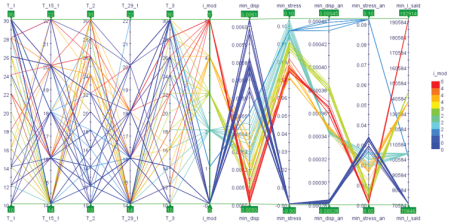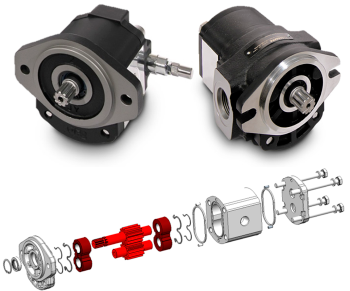Abstract
This technical article describes how engineers tackled a design optimization challenge to ensure the structural integrity of a section of the beam of a typical steel bridge whose web of main beams was subject to instability. The starting structure consisted of two 2-m high main beams each of which spanned 40 m. The structure had to be optimized to withstand both local instability, affecting a single structural element, and global instability affecting the full structure. Either type of instability could cause sudden failure in the element affected that would create extreme danger to all in the vicinity of the bridge. The CAE software returned a high number of potentially optimal designs which required the engineers to undertake further numerical simulation to identify one globally optimal solution that met the structural safety design parameters and contained the economic impact of the design changes.
Read the article


